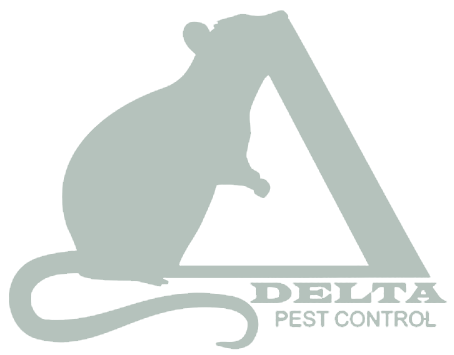Stinging Insect Control
Stinging Insect Control
One of the worst experiences a person can have when enjoying the outdoors is being attacked by ruthless, flying, stinging insects whose territory you’ve unknowingly encroached upon. One of the stinging insects that are likely to attack you is also one of the most misidentified; yellow jackets, which are mistaken for bees, are nomadic and territorial. This unholy combination of traits means that not only do they roam up to a mile away from their nest while foraging, but they can go after anything they consider a threat while doing so.
And while they do give off an angry warning buzz in an attempt to ward the potential attacker off, it can be hard to tell exactly where the noise is coming from, making escape very difficult. They nest in the ground, and it is quite easy to inadvertently step into one. They are attracted to sweets and meats and known to invade barbecues and other gatherings where food is prepared, so if you see these buzzers roaming around, it’s best to move away from the area.
Another stinger that is best avoided is the bald-faced hornet, named for the shape and color of its face. Their black and white coloration makes them discernable from yellow jackets, but the easiest way to tell the two apart is the shape of the nest. The bald-faced hornets’ nests can be as large as 14 inches in diameter and almost 2 feet long, the largest out of any social wasp genus. Colonies can have between 400-700 workers constantly guarding or building more space onto the nest, and when threatened, they will defend their home with ferocity. While bees can only sting once, these nightmares have a smooth stinger, which allows them to stab it into their victim repeatedly at high speeds, making the result a more painful sting than their brightly-colored cousins.
A monster of a stinger that you don’t want to run into is the tarantula hawk. Also known as pompilid wasps, and spider-hunting wasps, they grow to be about two inches long. This makes them one of the largest parasitoid wasps, meaning they lay eggs on the body of other insects after they paralyze them. The larva hatches and immediately begins consuming the paralyzed victim, beginning the life cycle anew. The stinger of a female can measure up to over a quarter of an inch, and while they aren’t particularly aggressive, their sting is considered to be one of the most painful insect stings there are.
Being bitten by bugs is an all-around terrible experience. If you live in Silicon Valley or the south Santa Clara area and are dealing with headaches caused by stinging insects, it’s time to reach out to Delta Pest Control. We are the most-trusted pest control in the region and the number one choice for getting rid of stinging insects,
bed bugs,
rodents, and more. If you want them gone efficiently, quickly, and by highly trained professionals,
contact us today for an estimate or for more information on our services.
